When it comes to the logistics and transportation industry, the specifications of semi-trailers are critical in ensuring efficient cargo management. One of the often-discussed elements among truckers and logistics managers is the height of semi-trailer floors. This article delves deeply into this crucial aspect, providing an extensive overview of semi-trailer floor heights, factors affecting them, their implications for transport operations, and best practices for choosing the right semi-trailer for your needs.
What is a Semi-Trailer Floor Height?
The term “semi-trailer floor height” refers to the vertical distance from the ground to the floor of the trailer. Depending on various factors, including the type of trailer, load capacity, and design specifications, the floor height can vary significantly. Typically, this measurement ranges from 48 inches (4 feet) to 56 inches (4.67 feet), but specifics might fluctuate based on the manufacturer’s design and the intended use of the trailer.
Common Floor Heights by Trailer Type
| Trailer Type | Typical Floor Height (inches) | Common Use Cases |
|---|---|---|
| Standard Dry Van | 48-52 | General freight, packaged goods |
| Flatbed | 48-54 | Construction materials, machinery |
| Refrigerated (Reefer) | 48-54 | Temperature-sensitive products |
| Step-Deck | 36-48 | Oversized cargo, heavy equipment |
| Lowboy | 22-30 | Very heavy loads, heavy machinery |
Understanding the variations between these types helps transport operators and supply chain managers optimize their choices based on specific cargo requirements.
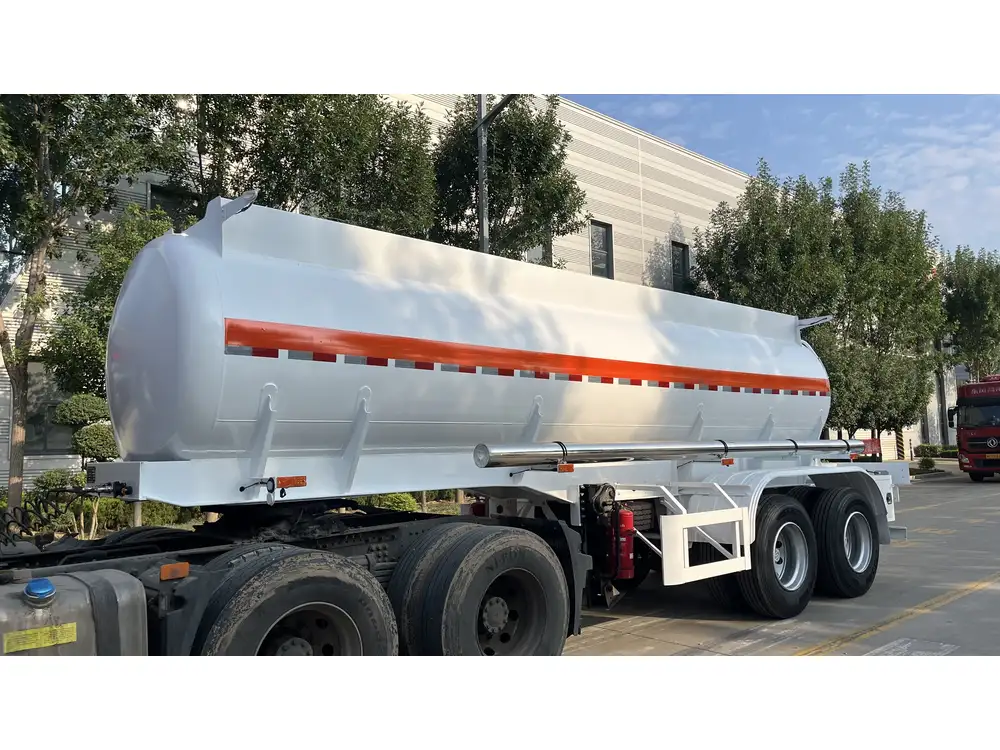
Factors Influencing Semi-Trailer Floor Height
1. Trailer Design and Construction
When designing a semi-trailer, various factors influence the choice of floor height. Manufacturers consider the intended use, payload capacity, and even aesthetic considerations. For instance:
- Gravity and Safety: A lower floor height can provide better stability, reducing the risk of tipping during transit.
- Aerodynamics: Enhanced aerodynamics can lead to better fuel efficiency, thus manufacturers might opt for specific designs that optimize trailer heights.
2. Regulations and Standardization
Governments and transportation regulatory bodies impose specific guidelines governing vehicle height. The Federal Motor Carrier Safety Administration (FMCSA) in the U.S. set forth standards that aim to promote roadway safety. In most jurisdictions:
- The total height of a semi-trailer, including cargo, cannot exceed 13 feet 6 inches. This regulation indirectly influences cargo configuration and floor height.
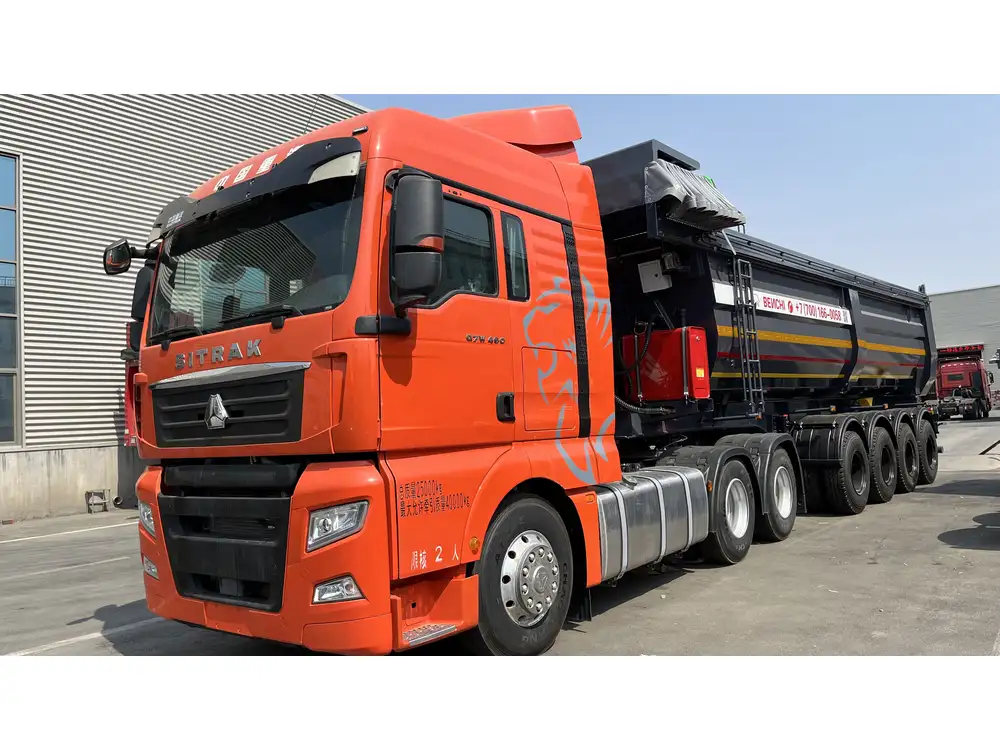
3. Cargo Type and Weight
The nature of the cargo being transported greatly impacts the ideal floor height of a semi-trailer:
- Heavy Loads: If the cargo is too heavy, a lower floor height may be beneficial as it lowers the center of gravity, improving stability.
- Long Loads: Longer items might necessitate specific trailer designs that use a different floor height to accommodate the length without exceeding height regulations.
4. Towing Vehicle Compatibility
Compatibility with the towing vehicle also plays an essential role in determining semi-trailer floor height. Different trucks have varying height specifications, which will subsequently influence the angle at which a trailer connects with the vehicle’s hitch.
The Importance of Proper Semi-Trailer Height
Understanding and choosing the appropriate semi-trailer height is vital for several reasons:
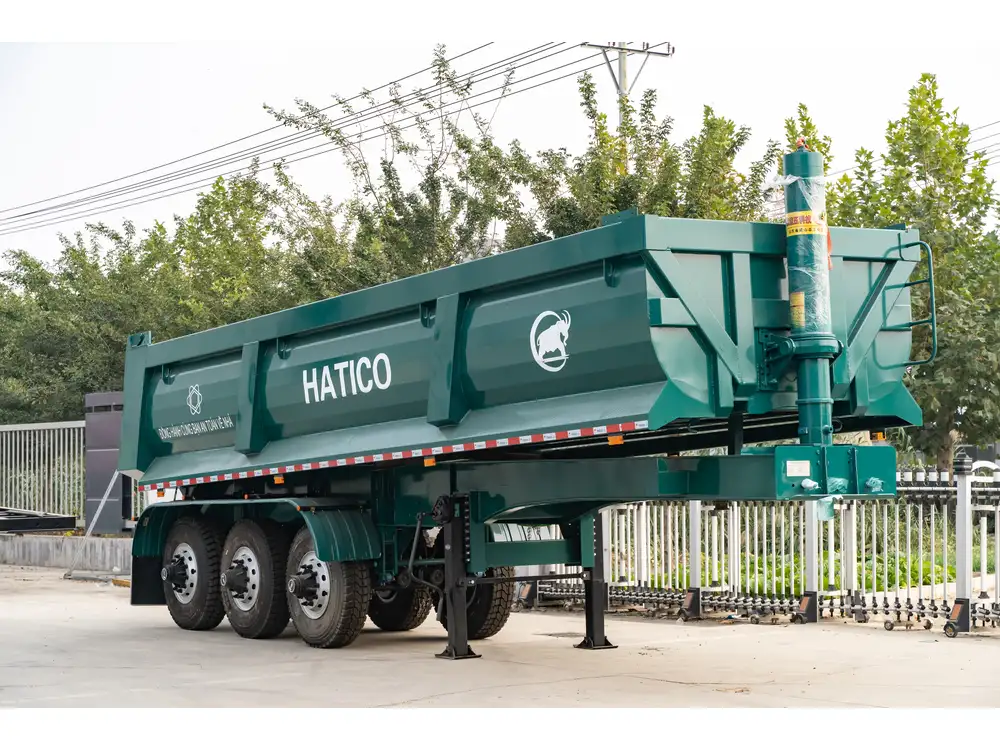
1. Loading and Unloading Efficiency
A properly selected trailer height can streamline loading and unloading processes. If the trailer’s floor is too high, it might necessitate additional equipment (like loading ramps or lifts) to load or unload cargo, which can increase time and labor costs.
2. Risk Management and Safety Compliance
Height plays a significant part in safety. For instance:
- A trailer that is too high has a larger chance of encountering overhead obstacles, leading to damage incidents.
- Ensuring compliance with regulation limits can prevent costly fines and operational shutdowns.
3. Impact on Cargo Protection
Floor height is directly linked to the level of protection your cargo receives. A proper height helps mitigate the risk of cargo shifts during transit, leading to fewer incidents of damage or loss.
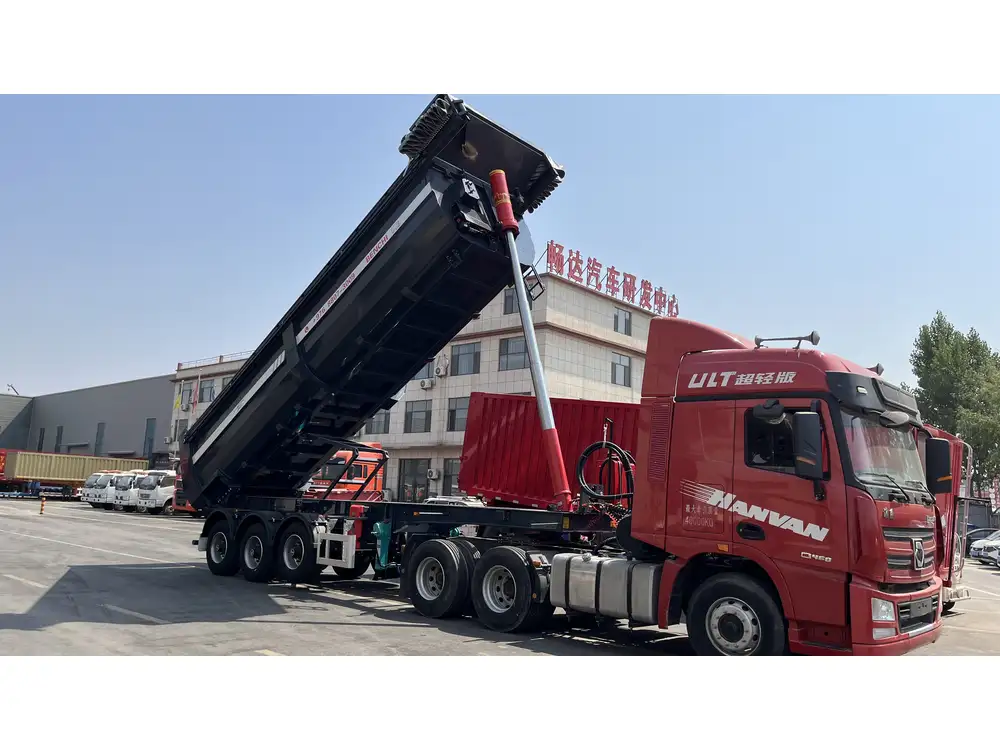
Calculating the Optimal Height for Your Needs
Determining the ideal semi-trailer floor height involves several considerations:
Cargo Dimensions: Always measure the size of the goods being transported to ensure they fit well within the trailer’s dimensions, allowing for additional space considerations for loading and unloading.
Loading Equipment: Assess what loading and unloading equipment will be used, as this impacts overall height considerations.
Roadway Conditions: Consider your routes. If you frequently travel on roads with low bridges or overpasses, a lower trailer height could be advantageous.
Example: Calculating Optimal Floor Height for a Reefer Truck
- Expected Cargo Height: 52 inches.
- Loading Equipment Height: Loading dock at 48-inch elevation.
- Adjustment for Safety Margin: 4-inch safety margin.
Optimal Floor Height Calculation: [ \text{Optimal Floor Height} = \text{Expected Cargo Height} + \text{Loading Equipment Height} + \text{Safety Margin} ] [ = 52 + 48 + 4 = 104 \text{ inches} ]
However, this example shows that actual configurations must consider legal height limits, which often caps at a combined maximum of 13 to 14 feet.
Frequently Asked Questions about Semi-Trailer Floor Heights

How can I adjust my semi-trailer height?
Adjustments can be made through modifications of the suspension system, such as installing air-ride suspensions, which can help achieve a lower floor height when needed.
Are there removable flooring options?
Some specialized trailer designs offer removable flooring, allowing for the adjustment of floor height based on specific cargo needs.
What is the standard height for loading docks?
Most loading docks are standardized at 48 inches for compatibility with most dry vans and flatbeds.
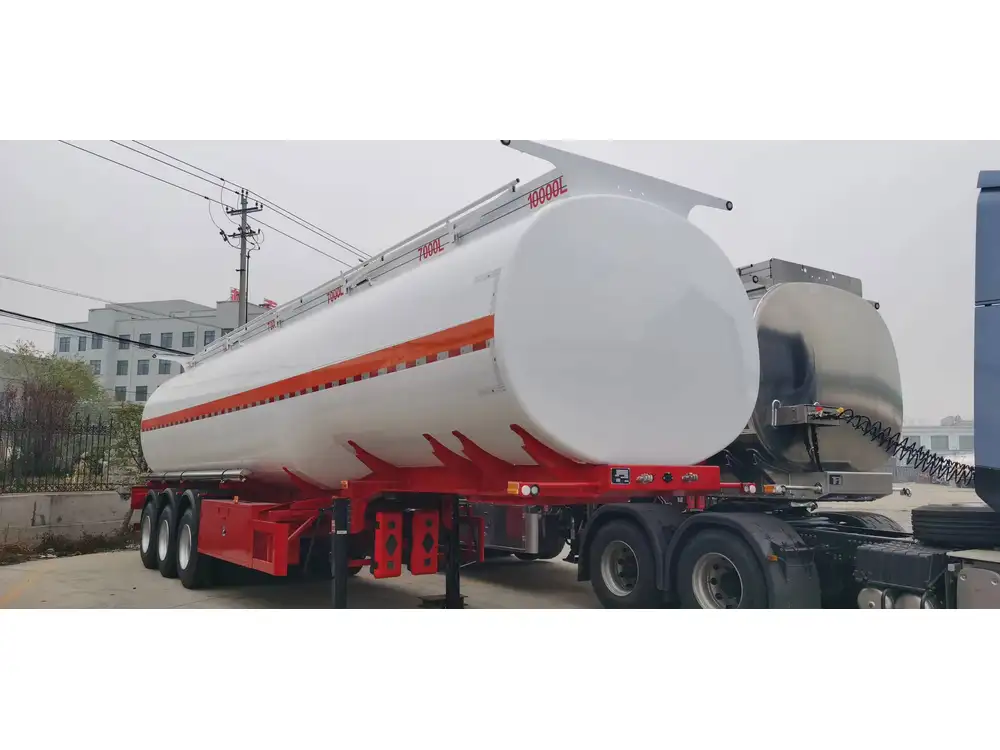
Conclusion: Choosing the Right Semi-Trailer Floor Height
Selecting a semi-trailer with the proper floor height is multifaceted, influencing operational efficiency, safety compliance, and cargo integrity. By analyzing the various factors discussed and understanding the implications of height choices on transporting goods, industry professionals are better equipped to make informed decisions in their logistics operations.
Investing time in understanding semi-trailer specifications can save significant costs in the long term, while also ensuring a smooth, safe, and efficient transportation process. Whether you’re looking into custom trailers or standard options, focusing on floor height will help you meet regulatory requirements and enhance operational efficiency in the ever-evolving landscape of freight transport.
For those seeking the best solutions in semi-trailer manufacturing tailored to unique needs, we offer a variety of options geared to facilitate every aspect of your transportation endeavors, ensuring you maximize both safety and efficiency in your logistics operations.



